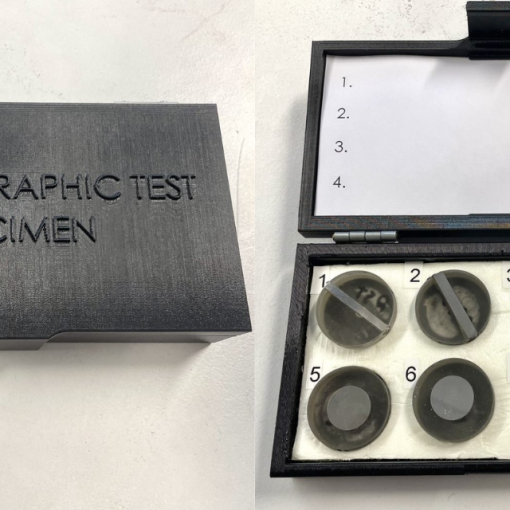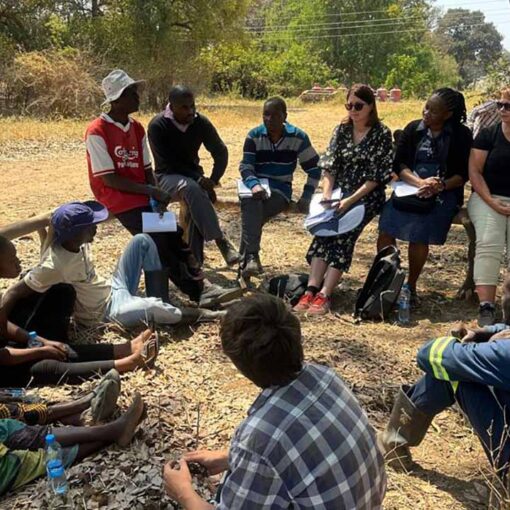Researchers and service designers are often expected to follow research or design frameworks. However, frameworks are not static, which allows researchers and service designers to go beyond boundaries and look at service development from diverse angles to tackle the challenges and demands of the present and the future. Hoang (2023) discovered two significant boundaries in her thesis: knowledge boundaries and AI, data-driven boundaries. By recognizing and addressing elements of the boundaries, researchers and service designers can shape the direction of service design projects and deliver powerful and meaningful solutions.
The door of knowledge boundaries
Service Design is a multidisciplinary approach aiming to develop innovative solutions for customer-centered issues. While the process has desired objectives, the open and exploratory nature of service designs allows for the emergence of new ideas, insights, and possibilities that may go beyond initial expectations, boundaries, and prerequisites. (Bissola & Imperatori 2016, 214.)
![[Alt text: working table with architectural drawings and a laptop.]](https://blogit.lab.fi/labfocus/wp-content/uploads/sites/8/2023/06/460_2023_Service-design-goes-beyond-boundaries-1-1024x665.jpg)
Knowledge boundaries can act as a potential limit to creativity in service design projects. When researchers or designers perceive knowledge boundaries as closed doors, it may restrict exploration mindset and hinder the ability to generate innovative ideas. However, knowledge boundaries can also be growth and learning opportunities when being perceived as invitations to explore new territories.
AI & data-driven solutions
Technology boundaries are another significant boundary. AI technology and data-driven solutions in business transformation are seen as a key driver in nowadays competitive advantage. AI technology is engaged significantly into customer touchpoints to offer personalized experiences, which is beyond traditional marketing strategies. (Edelman & Abraham 2022, 120.) Besides, data-driven solutions bring valuable visibility into customer behavior. They enable businesses to segment their customer base more effectively. Analytical decisions are made accordingly, reducing potential bias thanks to uncovering hidden insights and diversity in data sources. By analyzing customer data, businesses can identify patterns and characteristics that help to group customers into meaningful segments. This segmentation provides a deeper understanding of customer preferences, needs, and behaviors, allowing for targeted and personalized experiences. (Parris 2008, 6.)
The interests in investing and developing AI technologies and data-driven solutions were strongly identified when collaborating with professionals in the IT engineering field during the research of Digital Adaptive Strategies to Enhance Customer Experience (Hoang 2023). As service design thrives on continuously learning and growth toward innovation, adopting intelligent technologies that are continuously advancing is crucial in rapidly evolving market. However, this also means that researchers and service designers are encouraged to embrace emerging technologies, keeping pace with market trends and collaborating with technology experts to create suitable solutions and potentially exceptional experiences.
Every service design project opens new doors into people’s minds, the society and environment around them. Despite the extraordinary solutions that are explored beyond the boundaries, the mission of the future generations is to find the balance between human intellect and technology’s intelligence.
Authors
Theresa Hoang graduated from Master’s Degree Programme in Business Administration, International Tourism and Event Management in LAB University of Applied Sciences.
Johanna Heinonen is a Senior Lecturer and RDI Specialist at LAB University of Applied Sciences. She has a particular passion for studying how digital tools and applications could be used more efficiently.
References
Bissola, R. & Imperatori, B. 2016. A rhizomatic learning process to create collective knowledge in entrepreneurship education: Open innovation and collaboration beyond boundaries. Management Learning, Vol. 48, 206‒226. Retrieved on 22 April 2023. Available at DOI: 10.1177/1350507616672735
Edelman, D. C. & Abraham, M. 2022. Customer Experience in the Age of AI. Harvard Business Review, 117‒125. Cited 22 Apr 2023. Available at http://primo.lut.fi/lab
Hoang, T. 2023. Digital Adaptive Strategies to Enhance Customer Experience. Thesis. LAB University of Applied Sciences. Cited 10 Jun 2023. Available at https://urn.fi/URN:NBN:fi:amk-2023052614509
Parris, J. A. 2008. Solving the Mystery of Poor Customer Experiences. Speech Technology, Vol. 13 (6). Cited 22 Apr 2023. Available at http://primo.lut.fi/lab




